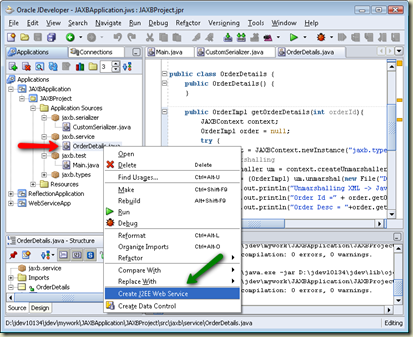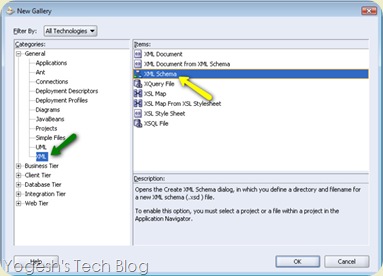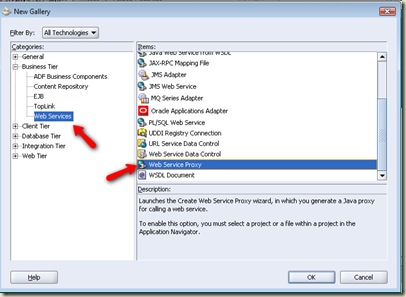New Features in Java Enterprise Edition 6 (JEE 6)
Latest version of Java Enterprise Edition is focused on eae of development and simplicity. Key goals of this version are Extensibility – supports for additional technologies and frameworks Profiles – support for creating custom profiles based on application scope or requirement. Pruning New Features introduced in this edition are Simplified EJB 3.1 No local business interface – one step further from EJB 3.0 specification, EJB 3.1 specifications removes mandatory business interface Singleton EJB – to share application wide data and support concurrent access. EJB 3.1 can be part of war file directly without creating a separate jar file EAR >> WAR >> JSP/Static Pages WEB_INF >> web.xml lib >> classes >> Servlet and Other classes





